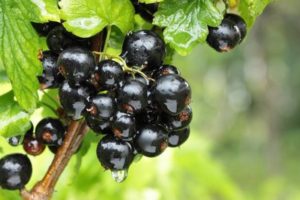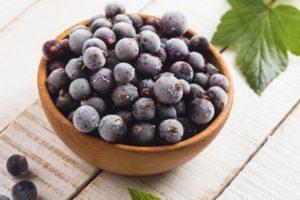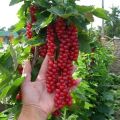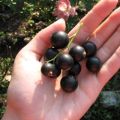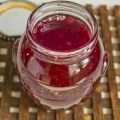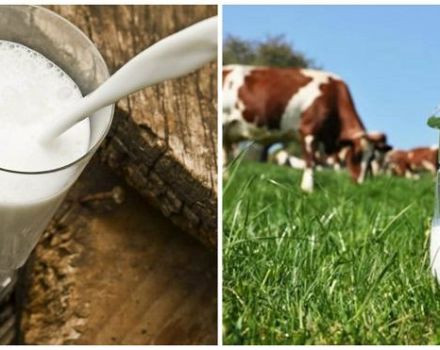When and how to properly trim currants for a good harvest
Currant pruning is called the most important agrotechnical technique, which is carried out for the proper development of bushes. Before removing currant shoots, you need to familiarize yourself in more detail with the features of this process.
Content
- 1 Feasibility of pruning
- 2 What tools are needed
- 3 Terms and rules
- 4 Does zoning affect the timing
- 5 Step-by-step instructions for pruning
- 6 How to rejuvenate an old shrub
- 7 What is the difference between pruning red, black, white currants
- 8 The nuances of pruning different varieties
- 9 Do I need to feed the plant after the procedure
- 10 The main mistakes made when forming a bush
- 11 Conclusion
Feasibility of pruning
First you need to figure out why the shrub with berries is being pruned. There are two main types of this procedure, which have different purposes:
- Formative. Gardeners are advised to carry out formative pruning of the bushes so that they do not have many shoots and their crown has the correct shape. If you periodically remove old branches, younger and more fertile branches will begin to appear on the plant, which contribute to increased fruiting. The procedure is carried out in the first half of spring, before the first buds swell.
- Sanitary. Proper plant care must be accompanied by sanitary cutting. It is carried out to clean the shrub from dried leaves and dry branches, to which the plant gives off some of the nutrients. Experts advise to immediately get rid of dried branches with leaves, as they promote the growth of fungi and attract pathogens. Most often because of this, powdery mildew develops, which leads to the death of the planted currants.
What tools are needed
Before removing shoots from currant bushes, you will need to first prepare inventory. To do the work, use the following tools:
- garden shears for cutting leaves and thin twigs;
- brush cutter;
- bypass or regular secateurs;
- lopper.
Some experts advise using a hacksaw to cut down thick, dead branches. All items of inventory must be sharp, and therefore, if necessary, they are undermined.
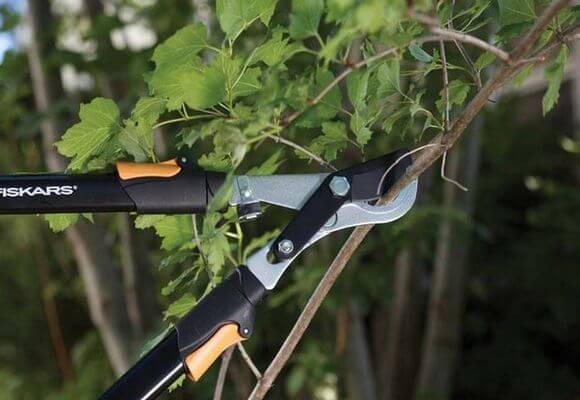
Terms and rules
It is recommended to determine the timing of the procedure in advance in order to figure out when it is best to get rid of old branches.
Autumn pruning
In order for the shrub to survive the winter normally, it is pruned in the autumn. In this case, the procedure is carried out 1-2 weeks after all the leaves fall off the plant.The main advantages of pruning in the fall include:
- increased productivity;
- strengthening of immunity;
- activation of the development of shoots.
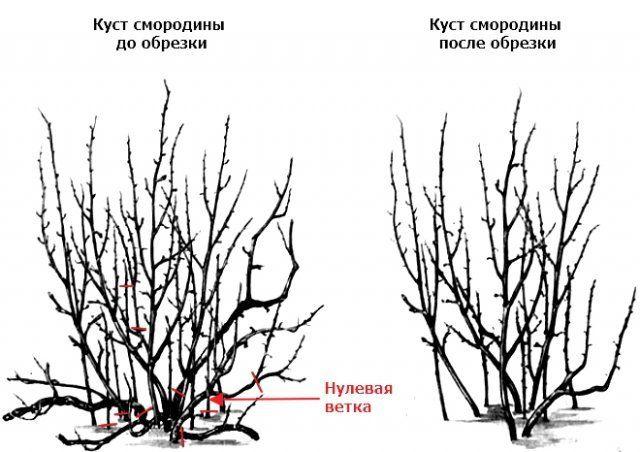
Summer bush formation
Some people choose to prune the bushes in the summer after picking the berries. Most often, the procedure is carried out in August or July, when the crop is fully ripe.
In summer, young green shoots are pinched on the bushes and dried branches are cut off.
Spring
Experts advise pruning shrubs in the spring before the growing process begins. Pruning is done after the frost has disappeared on the street, and the temperature will always be above zero.

When is it better to cut currants: in autumn or spring
Some gardeners cannot determine when to prune shrubs. To have a good harvest in the summer, it is better to cut the shoots in the middle or early fall.
Does zoning affect the timing
When determining the timing of cutting currant bushes, pay attention to the region in which they are grown. For example, Siberian gardeners should do this only in spring or summer, when there will be no severe frosts. It is much easier for residents of the southern regions, since the climatic conditions of their area allow them to independently choose the timing of pruning.
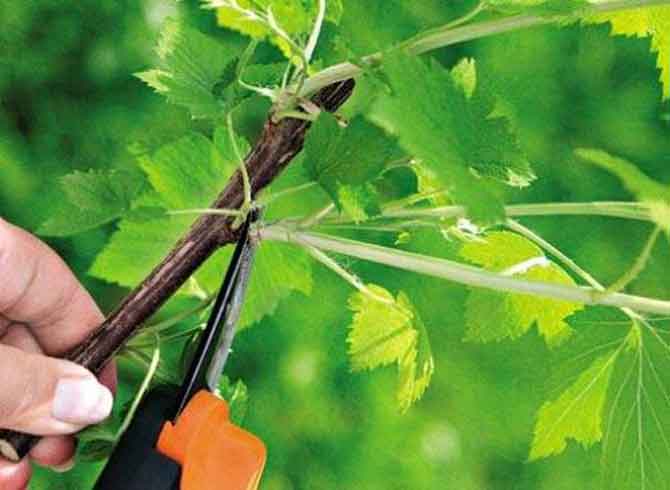
Step-by-step instructions for pruning
Pruning plants is not easy without preliminary preparation, and therefore gardeners will have to familiarize themselves in advance with the features of such work. In preparation, the pruning scheme is studied, as well as step-by-step instructions for performing the procedure.
Pre-landing
Many gardeners are engaged in planting currant seedlings a month and a half before the first frost. It is during this period that the pre-planting pruning of the plant is carried out. From all the shoots, the tops are carefully cut off, after which three buds remain on the branches. The next year, at least five young shoots will form on the bushes.

The simplest sanitary
When carrying out sanitary pruning of bushes, perform the following sequence of actions:
- removal of dried and broken branches;
- cutting out shoots that grow slowly;
- cut shoots that have a deformed shape;
- elimination of twigs intertwined with each other;
- pruning shoots that are infected with infectious diseases.
Radical
They are engaged in radical pruning if it is necessary to completely cut off the central stem with all lateral shoots. This method is used when old shrubs 10-15 years old are rejuvenated. Rejuvenation is carried out in early spring or late autumn before the onset of frost. After cutting the bush, the remaining stump is mulched with sawdust or straw.
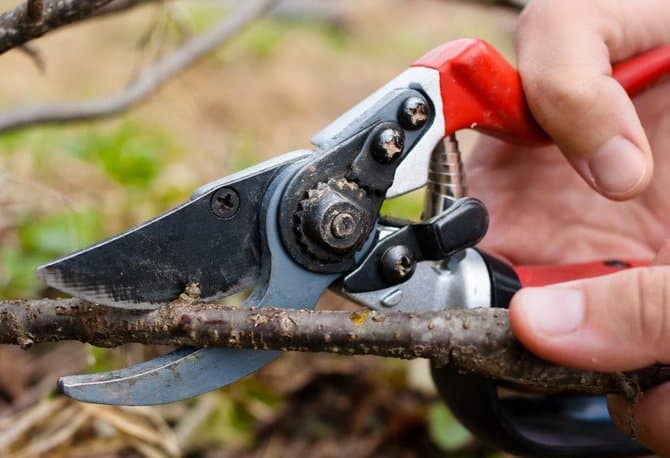
Michurinskaya
The Michurin method is used by people who plant currants to sell ripe berries.
If you cut currant bushes correctly, over time, their yield will increase significantly.
The procedure is carried out no earlier than five years after planting berries on the site. The plant is cut to the root, after which the soil near the cut is fertilized with organic fertilizing. A year later, young fruiting branches will appear at the cut site.
Stamp forms
When growing standard currants, you will have to periodically trim the bushes so that their root system develops normally. For this, all shoots are shortened so that no more than three young buds remain on them.
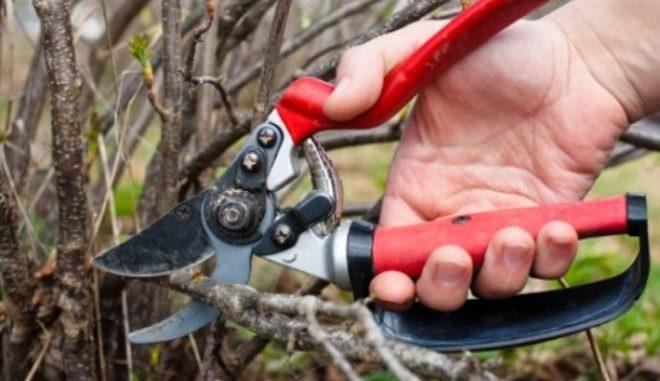
How to rejuvenate an old shrub
Without periodic rejuvenation, currant bushes will begin to bear fruit worse. Therefore, we need to figure out how to properly rejuvenate shrubs during cultivation. With rejuvenation, you need to get rid of:
- weakened growths that grow poorly;
- lean branches without berries;
- broken shoots or branches that spread on the ground.
When pruning, care should be taken to cut the branches to mature wood, from which powerful and fertile branches will grow.

What is the difference between pruning red, black, white currants
It seems to some inexperienced gardeners that there is no difference in pruning different types of currant bushes, but this is not so. Rejuvenating white and red currants is slightly different from rejuvenating black currants. The differences are associated with the characteristics of fruiting and plant growth.
In white and red varieties, fruit buds form near the base of the shoots or near the ringlets. Thanks to this, their old branches bear fruit as well as new ones. Therefore, experienced gardeners are not advised to often cut such shrubs. Old branches of black currant, on the contrary, bear fruit worse, and they have to be cut off.
The nuances of pruning different varieties
There are certain nuances of pruning shoots in various varieties of currants. You need to familiarize yourself with them in advance in order to properly rejuvenate the shrubs.
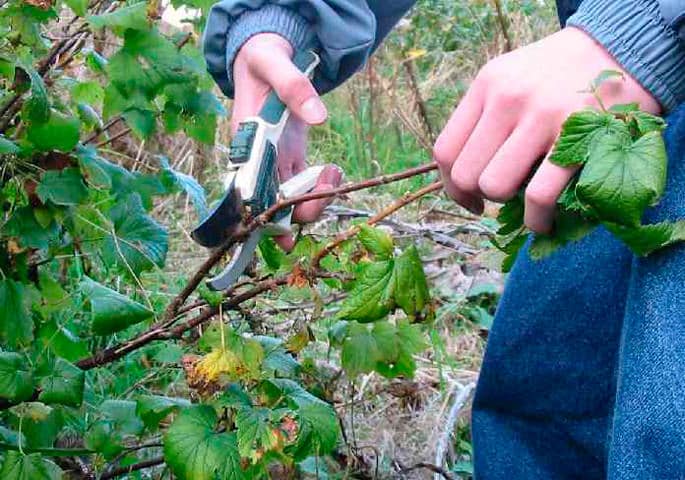
Altai
The main feature of the Altai currant varieties is that they bear fruit only in the middle and upper part of the stem. Therefore, if you cut them, the amount of the harvest will drop several times.
Gardeners who have been growing Altai berries for several years are advised to cut off old branches, since they bear fruit worse than others. You can also get rid of sick and dying shoots.
Bushes with active shoots
Berries with active fruiting are popular among gardeners, as they are the most productive. A distinctive feature of such bushes is the high rate of emergence of new shoots in the lower part of the plants. They do not branch well, and therefore some of them are completely cut out. Shoots longer than 35 centimeters are shortened to get rid of young and weakened buds.
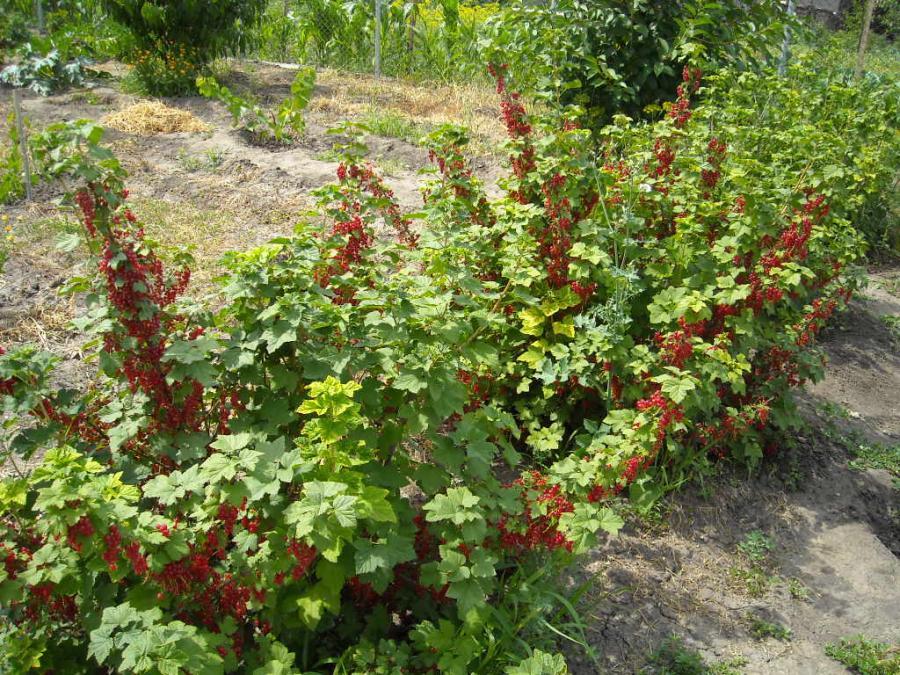
With passive shoots
Plants with passive shoots are planted much less often than other varieties, as they grow slowly. Gardeners advise cutting off branches over six years old due to the fact that they stop bearing fruit.
Do I need to feed the plant after the procedure
Some gardeners are interested in whether it is possible to fertilize currants after pruning. Top dressing is mandatory, as it saturates the soil with nutrients that are needed for the development of currant bushes.
Sometimes, after rejuvenation, the bushes are depleted and weakened. In this case, they are fed with nitrophosphate and other mineral fertilizers. You can also add fertilizing mixtures that contain nitrogen to the soil. For their preparation, a tablespoon of urea is added to ten liters of water, after which the mixture is poured under the currants.
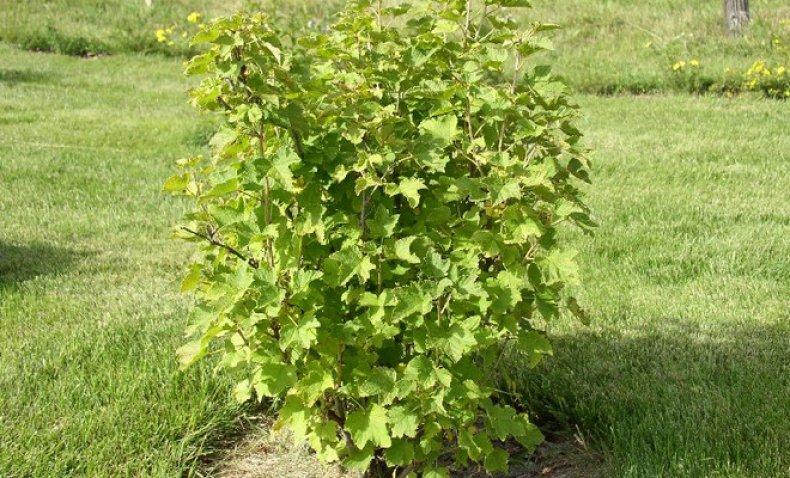
Do not forget about organic dressings, which are also needed by berries. Fertilizer made from poultry manure is considered effective. To create it, manure with mullein is added to a barrel of water in equal quantities. The mixture is infused for a week and a half, after which it is poured under each bush.In order not to waste time creating fertilizing mixtures, you can add compost to the soil.
The main mistakes made when forming a bush
The correct shaping of the bush is very important, as the yield depends on it. However, not all people manage to prune plants perfectly because of mistakes. Common mistakes include:
- Failure to comply with the terms of work. Some gardeners are engaged in removing shoots at the wrong time. This can lead to the death of the currant.
- Inattention. There are times when people inattentively cut off bushes, and dry or diseased branches remain on them.
- Using non-sharpened tools. All equipment used when pruning branches must be sharp.
- Violation of the cutting frequency.Old and dry shoots should be cut annually. If this is not done, the bushes will quickly thicken and begin to develop more slowly.
Conclusion
Many gardeners plant currant bushes in their summer cottages. During their cultivation, it is recommended to periodically prune the shoots. However, before that, you need to familiarize yourself with the purpose of deleting branches, as well as with the main features of this work.
